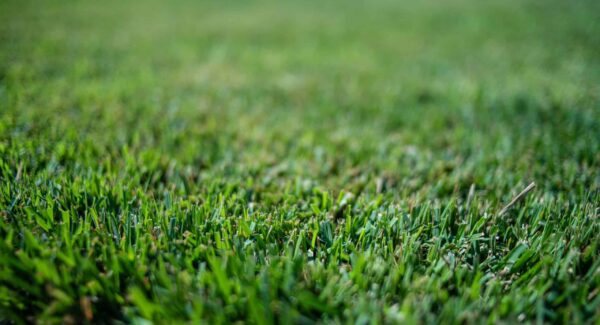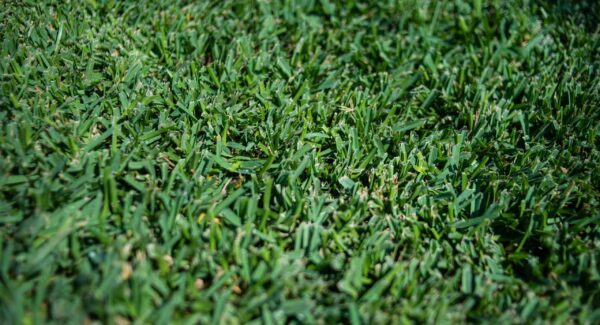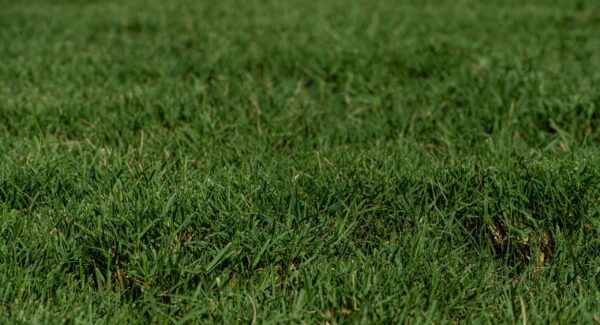Heat Stressed Lawn: What Are the Signs and How to Treat Them?
Heat and drought stress are among the most common summer challenges for lawns. The extreme temperatures of the season can cause a once lush lawn to dry out and wither. Heat stress occurs due to hot, dry weather and insufficient water. When a lawn is affected by heat stress, it becomes more susceptible to weeds, diseases, and pests.
A healthy, resilient lawn can struggle under these conditions and rapidly deteriorate. Therefore, it is crucial to recognize the symptoms of heat stress and understand how to address them.
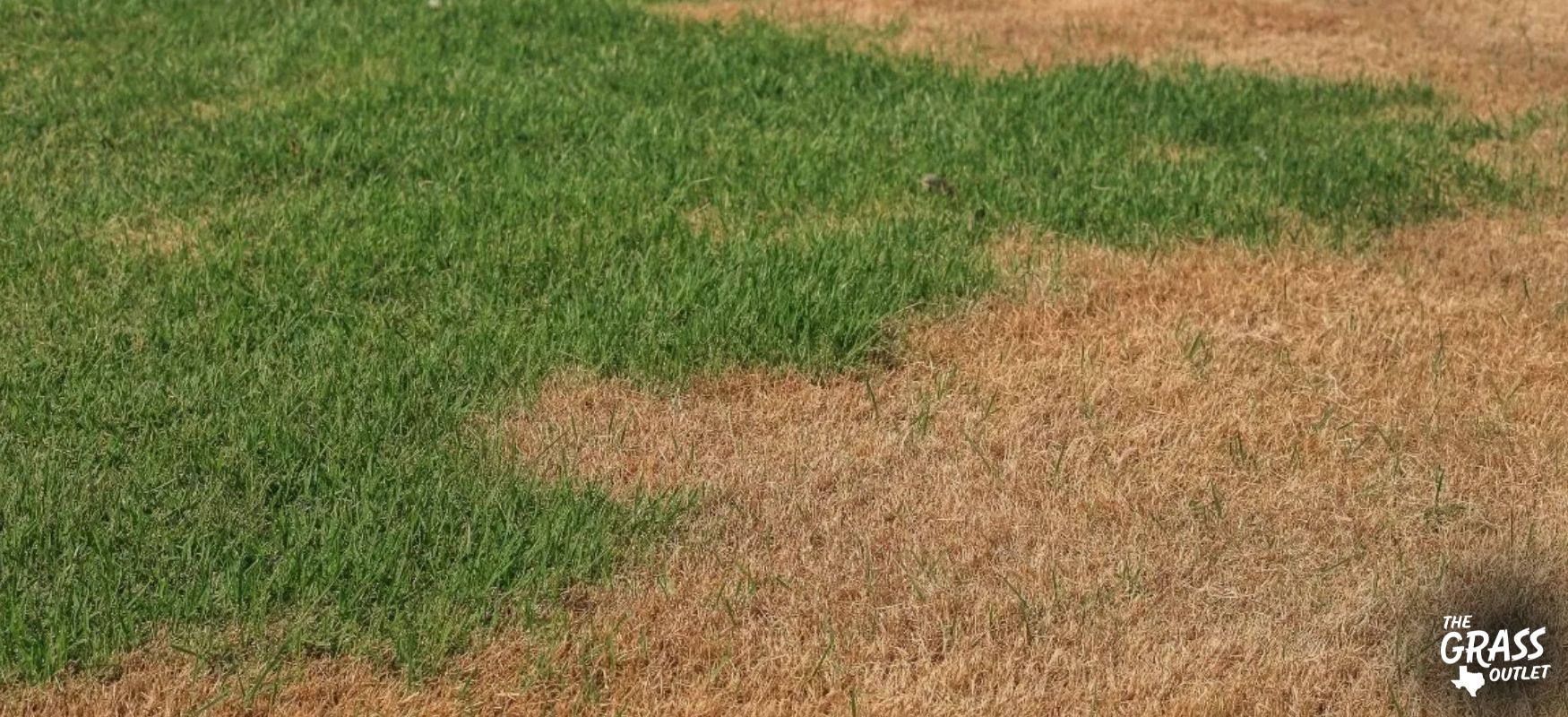
Identifying Signs of Heat Stress in Lawns
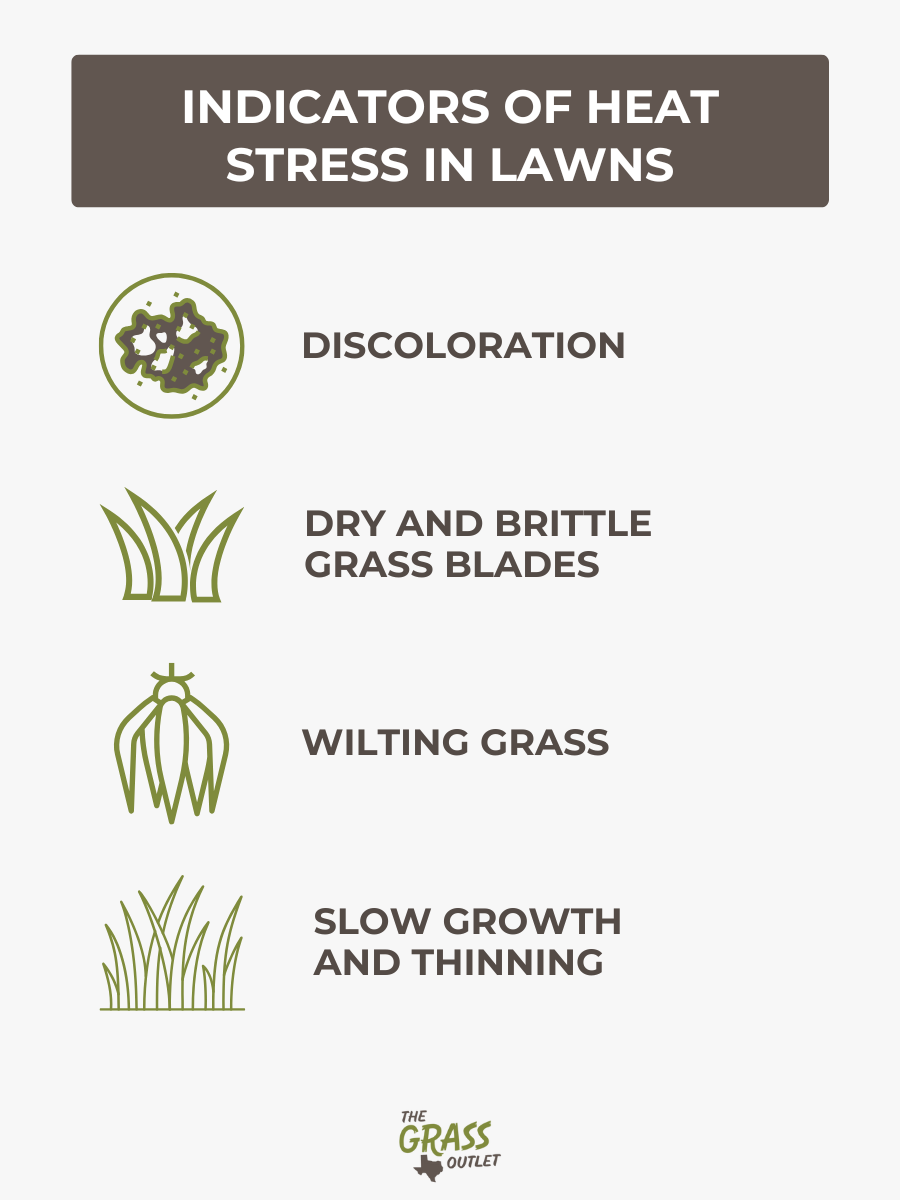 Several common signs indicate your grass might be suffering from heat stress:
Several common signs indicate your grass might be suffering from heat stress:
- Discoloration: a lawn shows yellow or brown patches as a sign of heat stress.
It is the most evident sign of problems with your lawn. Initially, drought will cause the grass to look bluish-grey before it becomes entirely brown. The tips of the grass blades will brown first, eventually affecting the whole blade.
However, heat stress can be challenging to identify because many pests and diseases also cause discoloration.
- Dry and Brittle Grass Blades: grass blades become dry and brittle and may crunch underfoot.
Extended exposure to heat stress can cause grass blades to become brittle. In severe cases, patches of grass may die off entirely, leaving bare spots in your lawn.
- Wilting Grass: grass fails to stand upright and appears wilted during peak sun exposure.
Grass blades may appear limp and droopy, indicating a lack of water and heat stress. The leaves on some varieties, such as Palisades Zoysia, will curl up like straw.
Walking on your lawn can identify the early stages of heat stress. Healthy grass will stand back up after you walk on it, while dehydrated grass will retain your footprints.
- Slow Growth and Thinning: growth slows down, and the lawn may start to thin out, revealing the soil beneath.
Heat causes soil to dry faster, especially at the top. If your lawn’s roots are close to the surface to access water, your lawn will quickly suffer during a heatwave and begin to dry out. Sparse areas and bare patches may develop as grass struggles to survive under extreme heat conditions. Dried grass may even disappear, causing the lawn to look patchy and be at risk of dying off.
Factors Contributing to Heat Stress
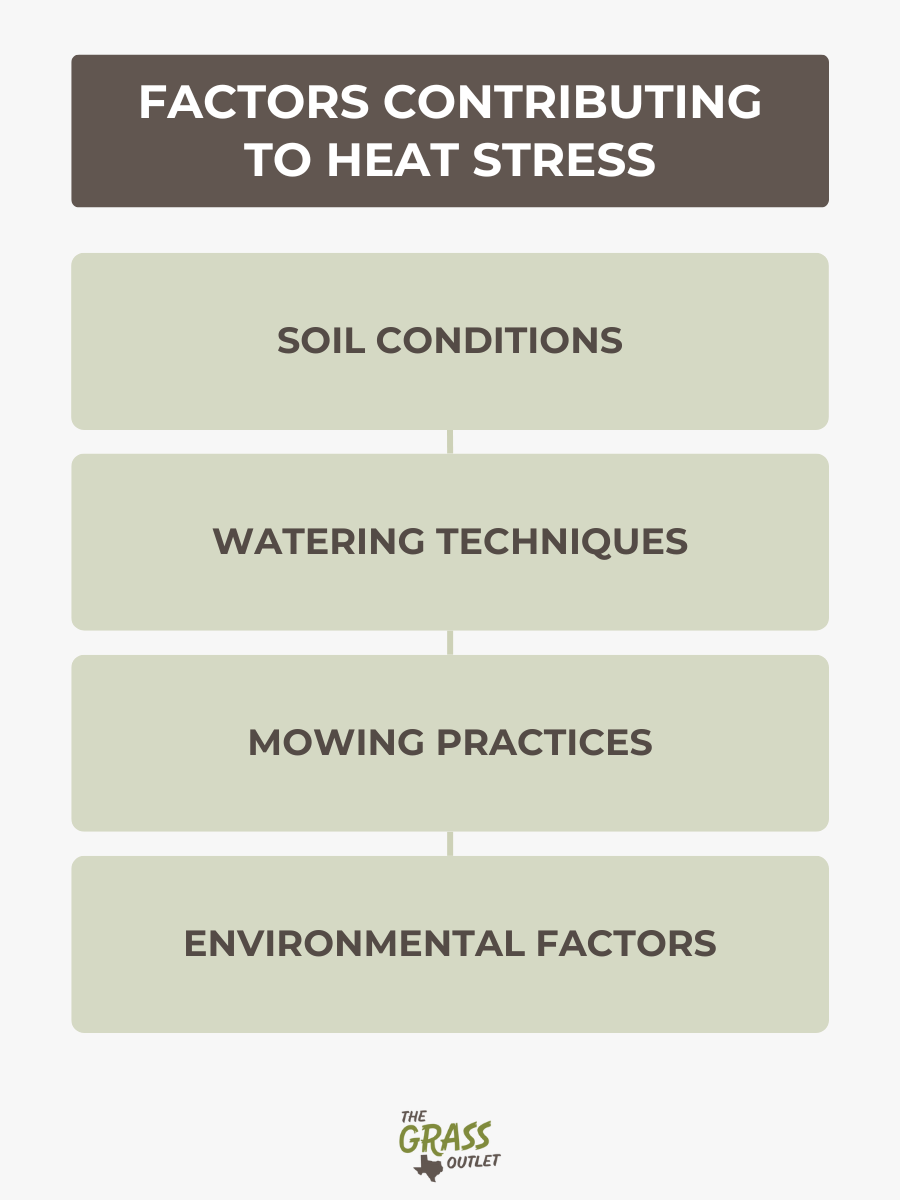 Why is your grass experiencing heat stress? It happens when temperatures surpass the optimal range for grass growth and development since the lawn loses a substantial amount of moisture during prolonged periods of hot, dry weather.
Why is your grass experiencing heat stress? It happens when temperatures surpass the optimal range for grass growth and development since the lawn loses a substantial amount of moisture during prolonged periods of hot, dry weather.
Several factors support this, including the following:
Soil Conditions: Compacted soil or poor soil health can worsen heat stress. It’s essential to monitor daytime temperatures and soil moisture in your lawn. During hot weather, moisture evaporates quickly, leaving the soil dry and unable to hydrate the roots adequately. In Texas, for instance, clay soil can intensify drought by becoming so hard that water cannot penetrate it.
To determine if you properly water your soil, use a screwdriver. Push it into your lawn; if it inserts easily, it is well-watered. If it’s hard to push in, your grass needs more water.
Watering Practices: A lawn suffering from heat damage primarily needs water. However, watering habits, such as timing and frequency, can make your lawn more vulnerable to heat stress. Choose a watering schedule suitable for your region, and watering deeply but not too often. Watering lightly every day leads to shallow roots that cannot handle hot and dry weather.
To encourage deep root growth, water your lawn deeply and less frequently. Deep roots are more resistant to heat stress. Avoid watering too frequently, as it can result in shallow root growth and increase the risk of disease.
Mowing Practices: Cutting grass too short can make it more prone to heat damage. Keep the grass taller during summer. Longer grass blades provide shade and retain more water, allowing the grass to absorb water from the topsoil long after watering. The ground temperature needs to be cool enough for proper absorption.
Additionally, the mower’s weight can further damage a heat-stressed lawn, especially if the grass is wilted and not quickly rehydrated.
Environmental Factors: Shade availability and local climate conditions also contribute to heat stress. When temperatures rise above what grass can tolerate, it disrupts essential processes like photosynthesis, causing stress.
Intense direct sunlight increases surface temperatures, accelerates evaporation, dries out the soil, and increases the heat the grass absorbs.
Treatment and Management Strategies
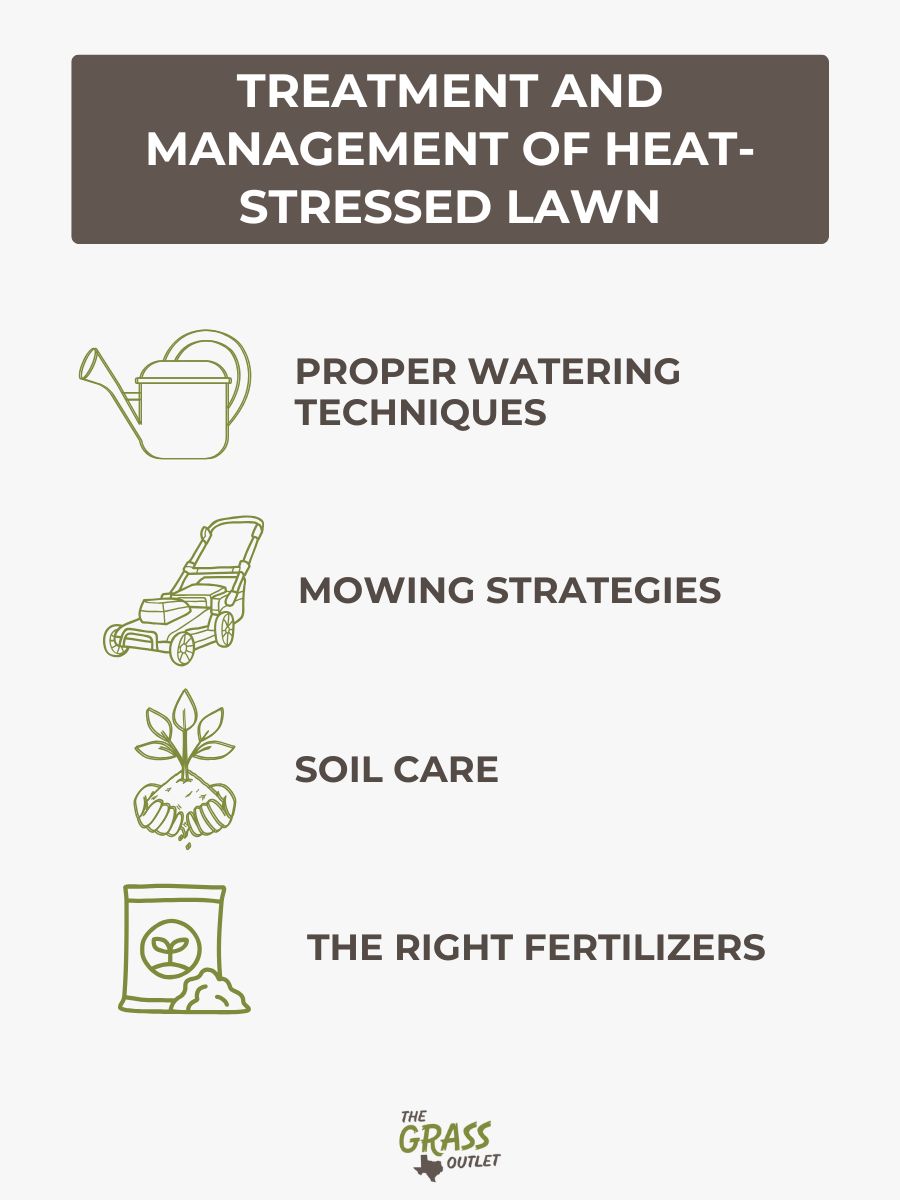
Proper Watering Techniques
As mentioned, to mitigate heat stress, water deeply but infrequently.
Establish a consistent watering schedule. Your lawn should receive about one to one and a half inches of water every five to seven days to stay robust and drought-resistant. The best time to water is early morning, between 2 and 10 a.m., when temperatures and wind speeds are lower, reducing evaporation and water losses. Avoid watering during midday or the afternoon, as the sun will evaporate the water before it reaches the grass’s roots. Watering at night can also be risky due to high evaporation rates and potential fungus issues.
Water thoroughly for several days and observe your lawn’s response. If additional water doesn’t revive your grass, another underlying problem may exist.
Mowing Strategies
Increase your mowing height during the summer heat and avoid cutting more than 1/3 of the grass blade in one session. Keeping your grass slightly longer helps shade the crowns of the grass plants, maintaining their color and health. Taller grass also shades the soil, reduces water evaporation, and encourages deeper root growth.
After mowing, leave grass clippings on the lawn to create a natural mulch that helps retain moisture and cool the soil. Plus, lawn clippings are mostly water, adding to the lawn’s moisture when they break down.
Like watering, mowing in the morning is preferable. Ensure your mower blade is sharp to help the grass heal and prevent a brown appearance.
Soil Care
Aerate your lawn to improve soil structure and water penetration.
Mechanical core aeration in the fall and spring alleviates soil compaction by removing soil cores, promoting nutrient and oxygen uptake through deeper roots. It enhances your lawn’s resilience to summer heat.
Poor growing conditions, such as clay or sandy soil, may require extra care. Annual aeration reduces water runoff, allowing more water to reach the roots and enabling grassroots to access nutrients more effectively.
In addition, to enhance soil quality, you can apply a layer of organic mulch, such as compost or wood chips, around trees and shrubs to insulate the soil, retain moisture, and regulate soil temperature.
Choosing the Right Fertilizers:
Use fertilizers with lower nitrogen content during hot periods to avoid burning the grass and keep your lawn healthy over the summer.
Ensure your lawn is well-watered before applying fertilizer to minimize stress on the grass. Applying fertilizer to dry soil can cause damage. Fertilize during cooler times of the day to help nutrients penetrate the soil.
Use a spreader to distribute fertilizer evenly and avoid patchiness. These steps will give your grass the nutrients it needs to thrive in the heat.
Preventive Measures to Avoid Heat Stress
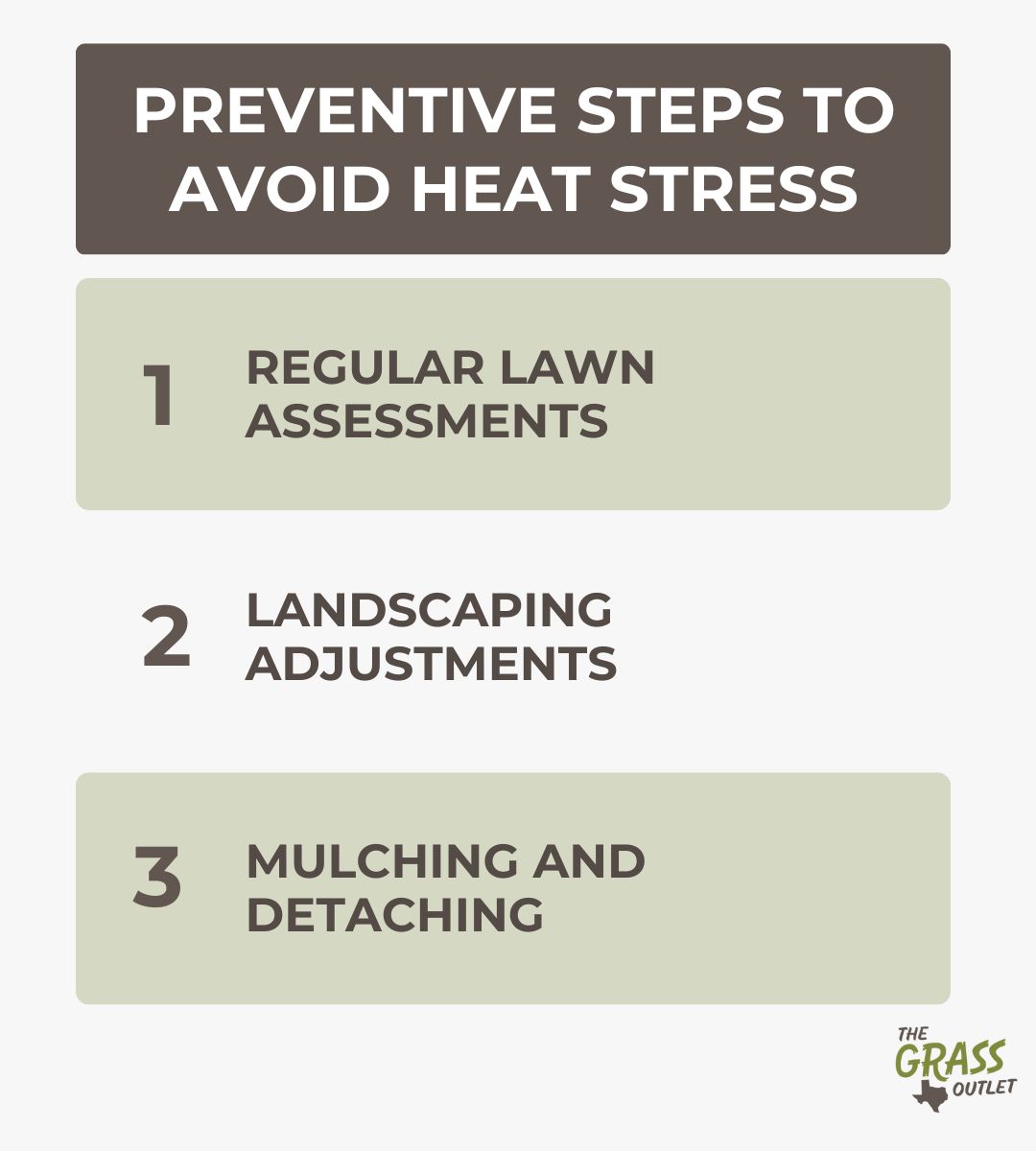
Regular Lawn Assessments: Perform routine checks for early signs of stress to address them before they worsen.
Heat stress is often easy to identify. If footprints remain on the grass hours after walking or the grass appears discolored or dull, your lawn likely needs water. Initially, the grass may turn grey or a darker green before browning.
If drought conditions are severe, allow the lawn to go dormant. The grass may shut down during extreme heat until cooler, moist weather returns. In this state, water your lawn at least once per week. Conversely, newly planted lawns should avoid dormancy, as they have shallow roots and may not recover from severe stress.
As autumn arrives, your lawn should start to recover from heat stress. Maintaining seasonal lawn care is crucial for healthy grass and can lead to a beautiful lawn if done correctly.
Adaptation Through Landscaping: Reduce heat exposure by using drought-resistant grass varieties or creating shaded areas.
In North Texas, known for its hot weather, choose heat-tolerant grass species like Bermuda, Zoysia, and Tall Fescue.
Create shade by strategically planting trees and shrubs to lower soil temperatures and reduce water loss through evaporation. In areas with limited natural shade, you can install shade sails, pergolas, or umbrellas. These structures can temporarily relieve the sun’s heat during summer and add beauty to your landscape.
Mulching and Dethatching: We mentioned that applying a layer of organic mulch, like compost or wood chips, around trees and shrubs helps insulate the soil.
Dethatching is another helpful approach to preventing your lawn from experiencing heat stress. It removes the layer of dead grass and debris known as thatch, which prevents the grass from receiving essential nutrients and water.
Thatch is especially problematic in hot weather as it blocks proper air circulation and increases heat stress.
Conclusion
When exposed to high temperatures, grass experiences heat stress, which impedes growth and vitality. Consequently, the grass exhibits signs of stress, such as turning a dull brown. The blades may wilt, curl, and become crunchy. Additionally, the grass might enter a state of dormancy to conserve energy.
Recognizing these signs of heat stress early allows you to implement effective management strategies to protect and restore your lawn to a healthy state. Proactive lawn care and maintenance are essential for sustaining a healthy and resilient lawn throughout the summer.
Feel free to contact experts if you need help doing this or if you need professional advice or assistance. Explore more lawn care tips and products at The Grass Outlet, or contact our team for personalized solutions.
